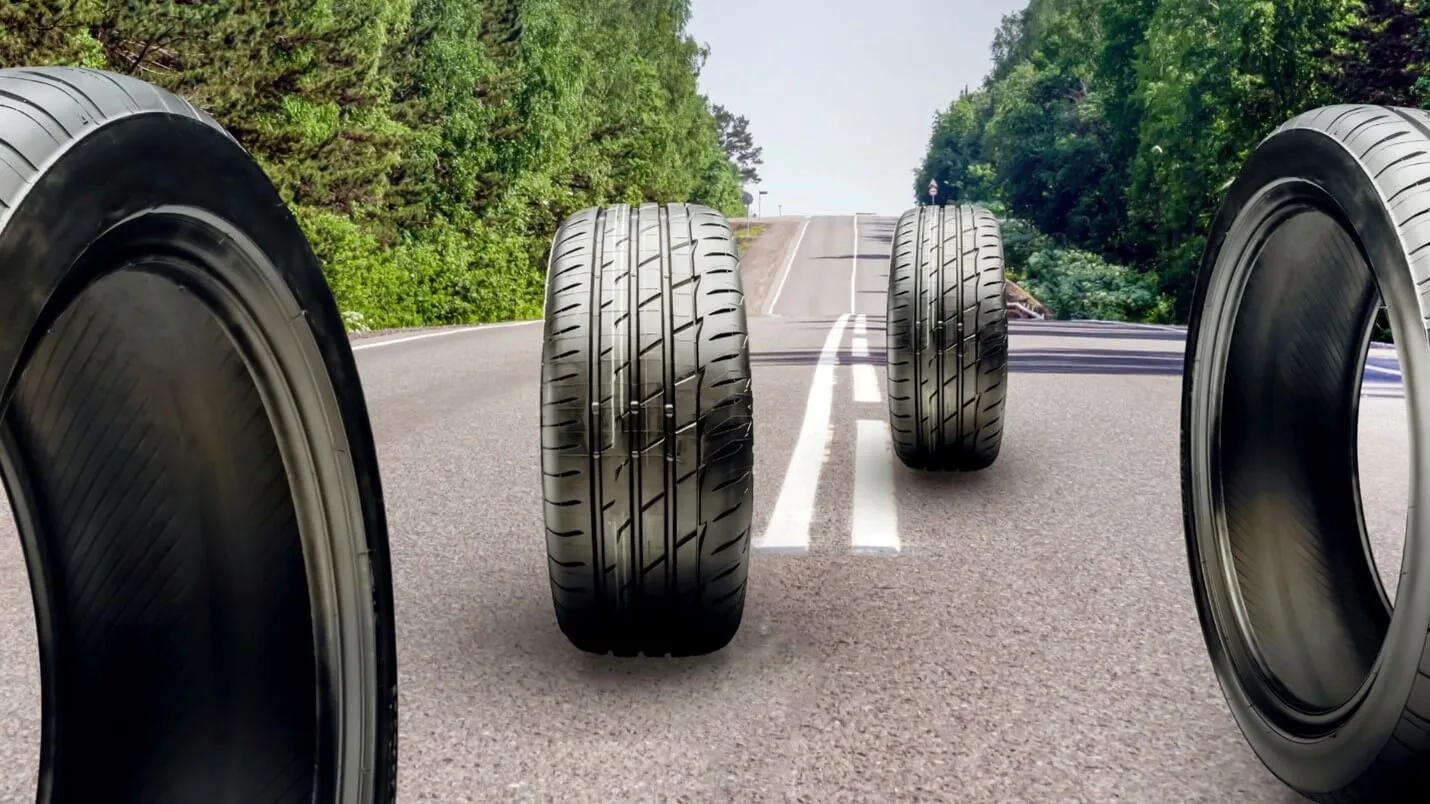Keep it Rolling: What Tire Sustainability Means for You

It’s no secret that tires are integral to ensuring your business keeps rolling. They protect drivers and customers from road hazards, enhance vehicle performance, and significantly impact fuel efficiency. But there’s much more to consider when it comes to tire sustainability for transportation companies—extended service life, improved safety features, and reduced carbon footprint—all factors that can help make a compelling case for investing in tire programs explicitly designed for the transportation industry.
Let’s explore why tires matter so much and how far modern tire technology advances us toward achieving long-term operational efficiency and greater cost savings while caring for our planet.
Understanding Tire Sustainability
Tire sustainability includes various aspects, such as the environmental impact of tire production, their safety, durability, and the possibility of recycling or repurposing them once they have reached the end of their useful life.
1. Environmental Impact of Production and Use

Around the world, landfills and stockpiles house about four billion tires. To this end, manufacturers invest in new technologies and materials to create more durable and long-lasting tires to reduce the need for frequent replacements and minimize waste and resource consumption. But it shouldn’t end there. Aside from durability, manufacturers should also focus on reducing tire and road wear particles (TRWP) which pollute the ocean and waterways.
These TRWPs are plastic polymers released when tires rub against the road, and according to studies on marine plastics, they significantly contribute to the microplastic problem.
2. End-of-Life Disposal

Recycling efforts struggle to catch up and recapture rapidly increasing piles of scrap tires that take hundreds of years to decompose. To address this issue, tire recycling and repurposing programs have been established to give used tires a new life. For example, tires can be shredded and used as fuel or in civil engineering projects like road construction.
What Tire Sustainability Means for the Transportation Industry
Sustainable tire production helps reduce our reliance on non-renewable resources, creating a stronger relationship between industry and the environment. The use of natural materials in sustainable tire manufacturing, as opposed to synthetic materials, is relevant to solving microplastic pollution – to which tires are the second greatest contributor next to single-use plastics. Sustainable tires are also fuel-efficient, which translates to lower costs for consumers and fewer emissions for our environment.
With these in mind, transportation companies are incorporating tire sustainability into their operations. This includes developing new technologies and materials to create more sustainable tires and implementing circular economy models aiming to reduce waste and emissions by recycling or reusing tires at the end of their life cycle.

So far, we’ve seen notable developments like Goodyear’s 90% sustainable-material tire that boasts lower rolling resistance – i.e., better fuel savings and carbon footprint reduction! We have much to hope for since Goodyear is working towards introducing the first 100% sustainable-material tire by 2030.
Meanwhile, Michelin’s airless tire Uptis (Unique Puncture-proof Tire System) relies on resin and fiberglass for structural support instead of air pressure. Thus, it promises to improve safety and reduce the risk of flat tires and waste.
Managing Scrap Tire Flow
Tire sustainability is also essential for other sectors that rely on tires, such as agriculture and construction. As such, companies are beginning to develop and promote sustainable tire solutions across various industries, expanding the markets for recycled tire materials.
Here’s how we can keep even scrap tires rolling:
• Tire-Derived Fuel
Scrap tires have a high heat value, making them a good energy source – producing 25% more energy than coal. Plus, according to the U.S. Environmental Protection Agency (EPA), they have lower emissions than traditional fuels. With an annual discard rate of 300,000 tires, we have a potential energy source of 1.01 quadrillion But lying in wait. To simplify the math, that’s about 17 million barrels of crude oil.
• Rubber-Modified Asphalt
The president of the U.S. Tire Manufacturers Association (TRA) is pushing to promote rubber-modified asphalt as it is beneficial for tire recapture and recycling. It can also positively impact the construction industry as it is cheaper and longer lasting than asphalt.
• Tire-Derived Aggregate
Aside from asphalt, scrap tires can be processed for other uses in construction – ground rubber, landscaping mulch, and backing for artificial turf and flooring.
Key Takeaway: The push towards tire sustainability is an encouraging sign for the environment and the future of transportation.

The journey to tire sustainability cannot be taken by one person alone. It will require us all to do our part to have a beneficial impact on the planet. Through various investments, initiatives, and strategic partnerships, we can promote and implement sustainable tire manufacturing and disposal practices crucial for reducing waste, preserving natural resources, and protecting the environment for future generations!
If you’re looking for help ensuring your business is up to date with all regulations related to sustainability, contact MBE CPAs for personalized assistance. We can provide the guidance and support you need to remain compliant with ever-changing regulations so your business can thrive sustainably. So let us lead the way in promoting sustainability, one tire at a time!
Our marketing affiliate and contributor, Brand House Marketing, wrote this article. Contact them for creative and custom-tailored marketing solutions for your company.
